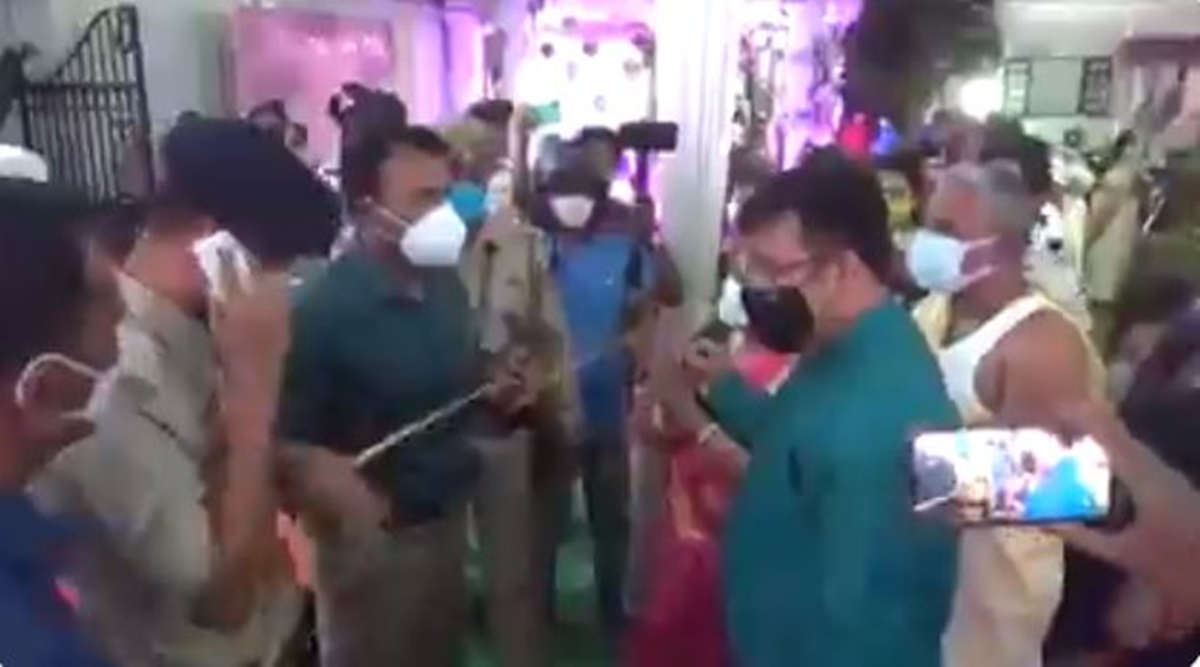The law that regulates foreign contributions to the non-profit sector was amended in the middle of the pandemic.

In September, when India was in the midst of the first wave of the coronavirus pandemic, the Centre amended the Foreign Contribution Regulation Act, which governs the use of foreign donations received by non-governmental organisations in the country.
At that time, the Voluntary Action Network India, a group of Indian non-profit organisations, said in a statement that the stringent restrictions brought in through the amendments would deliver a death blow to them.
Eight months later, India is going through a more severe second wave of Covid-19, with daily infection numbers touching almost 4 lakh per day and the country registering a record number of daily deaths.
On April 30, Prime Minister Narendra Modi in a review meeting with officials discussed how NGO should help maintain lines of communication between patients, their dependents and healthcare personnel.
But those in the NGO sector say the September amendments introduced by the Modi government have crippled them, limiting their ability to access and distribute crucial foreign aid at a time when India is looking for every bit of help to fight the crisis.
There are hundreds of NGOs across the country with health as their primary area of focus. These organisations want the government to put the implementation of the amendments in abeyance to allow them to effectively use their networks in the fight against Covid-19. In particular, the organisations want the government to allow the larger NGOs to distribute funds they receive to the smaller ones, something that has been prohibited by the new changes to the law.
Sub-granting aid
Before the amendments were passed in September, larger NGOs which are registered under the FCRA would receive donations from outside India and redistribute the funds to smaller NGOs with whom they work in the country. To illustrate, an NGO working in Delhi could sub-grant the money to a smaller NGO working in Bihar or Kerala to implement a certain program in the field.
But the amendments put an end to this practice.
According to Biraj Patnaik, executive director of the National Foundation of India, smaller NGOs working in remote areas do not usually get direct access to foreign funding. They depend on the larger NGOs to sub-grant funds for their work. “A small NGO may not even have a functioning website. But they could be doing excellent work on the ground,” he said.
The larger NGOs act as a bridge between the donors and the smaller organisations. “By disallowing sub-granting of funds, the whole stream of funding has dried up,” he added.
This becomes even more important in times like a pandemic.
Patnaik said FCRA covers both money and material donations. Without powers to sub-grant, the reach of the larger NGOs is also restricted. For example, an NGO may receive oxygen concentrators from a donor abroad. “For instance, if my organisation which is based in Delhi gets a large supply of oxygen concentrators from abroad as a donation, we can no longer send it to organisations working in Nagaland or Arunachal Pradesh, or indeed in rural Uttar Pradesh.”









![A burqa-clad Sri Lankan Muslim woman in the capital, Colombo [File: Eranga Jayawardena/AP]](https://www.aljazeera.com/wp-content/uploads/2021/03/AP_21072501817056.jpg?resize=770%2C513)



